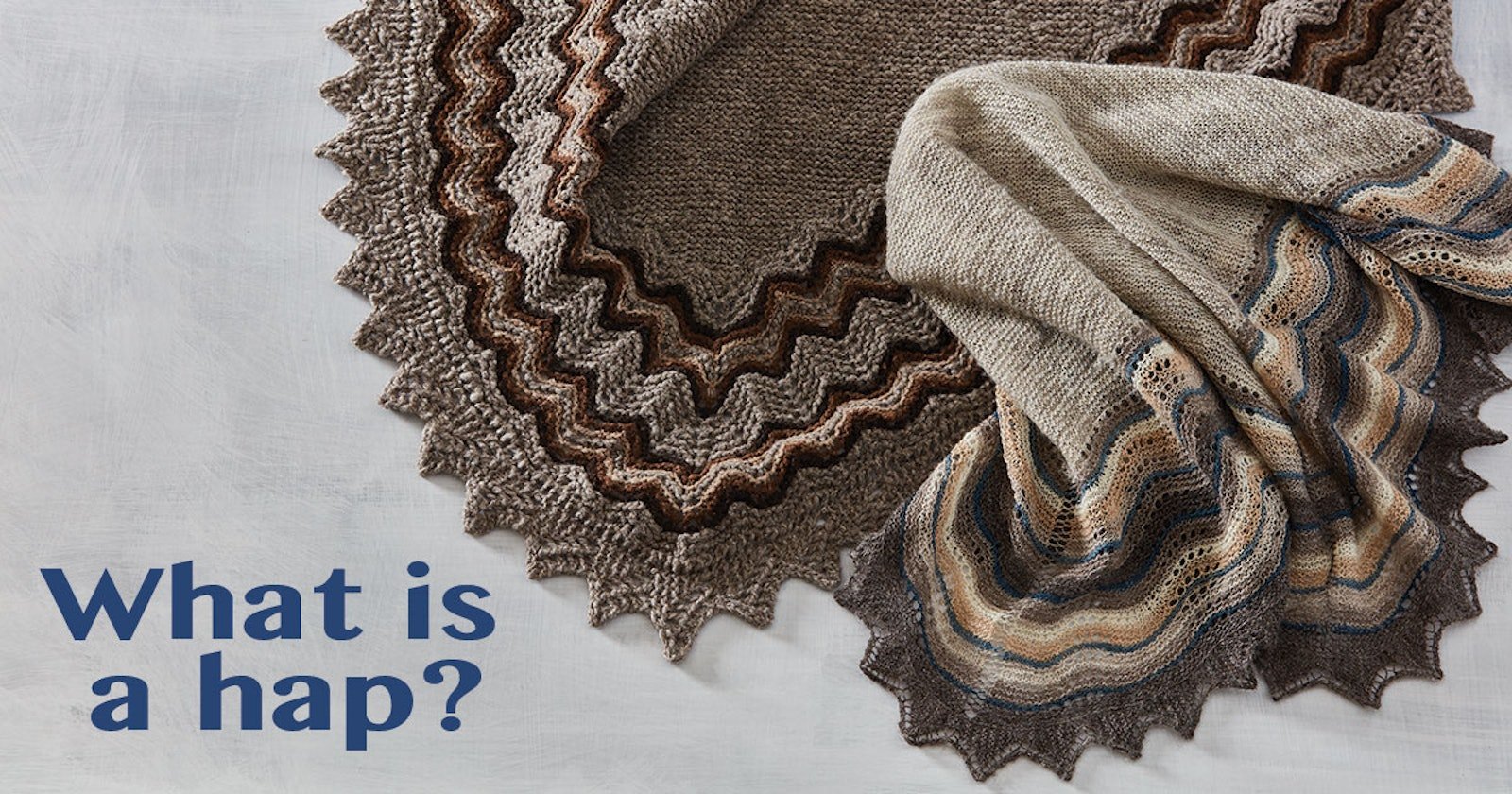Here’s a excerpt from Deborah Held’s article “The Shetland Hap: A Handspun Garment Wrapped in History,” featured in the Fall 2018 issue of Spin Off, that explores the garment's origins.
If you’ve looked at large shawl or wrap designs during the past couple of years, you might have noticed an increase in the popularity of the hap—the blanket-sized utilitarian wrap worn by the women of the Shetland Islands and the Northern Scottish Isles beginning about 150 years ago. The hap is recognizable by its plain garter-stitch center, old shell (“auld” shell) lace border variations, and simple peaked edging.
This brings us to a source of some debate: What, exactly, is it? Specifically, if a hap is a wrap, can’t we just call it a shawl?
Many do, especially today, but a hap is also so much more. “A hap is a garment which anyone can use to wrap up warmly in—that’s the definition of the word,” says native Shetland spinner, knitting designer, natural dyer, and teacher Elizabeth Johnston. Indeed, according to Collins English Dictionary, the Scottish definition of hap in its verb form is “to cover” or “to wrap warmly.”
This iconic Shetland knitwear also happens to be Johnston’s very favorite subject.
To describe the hap only as a wrap or a shawl can be limiting, not just in its function but especially to its Shetland history and the women who knitted haps. For to these island women of the mid to late nineteenth century and well into the twentieth, the hap was their mainstay, knitted from their own handspun, from fleece they’d shorn, carded, and then spun into yarn. It was quick to knit and served as everyday head-to-waist protection from the cold, a hands-free yet simple baby wrap, a baby or bed blanket, an heirloom gift, and especially, a source of income to help sustain their families.
The hap has enjoyed periods of renewed interest more than once during the twentieth century and now again among handknitters worldwide. In Shetland and its outlying areas, these fleece-to-shawl garments have remained a part of the native fabric, although they have waxed and waned in popularity as fashions changed and fewer handknitted garments were used.
Nowadays, Shetland-inspired designers including Johnston, Kate Davies (who lives in Scotland), Hazel Tindall, Gudrun Johnston (Shetland-born but now living in the United States), Donna Smith, Ella Gordon, and others less well-known make their living by bringing this heritage forward through their patterns, workshops, books, and more.
—Deborah Held
Download your copy of the Fall 2018 issue of Spin Off to read the rest of Deborah Held’s hap article and to spin and knit your own half hap adapted by Sara Greer, which was based on a full hap designed by Rebecca Blair from Interweave Knits Gifts 2019<.
For more about haps, check out these resources:
- Shetland Museum and Archives
- Shetland Heritage Association
- Shetland Guild of Spinners, Weavers and Dyers
- Unst Heritage Centre
- www.shetland.org
- Shetland Wool Week
- The Book of Haps
- Kate Davies Designs
- Elizabeth Johnston
- Donna Smith
- Ella Gordon
- Gudrun Johnston
- More information on the history and classifications of Shetland sheep and their wool may be found here.

